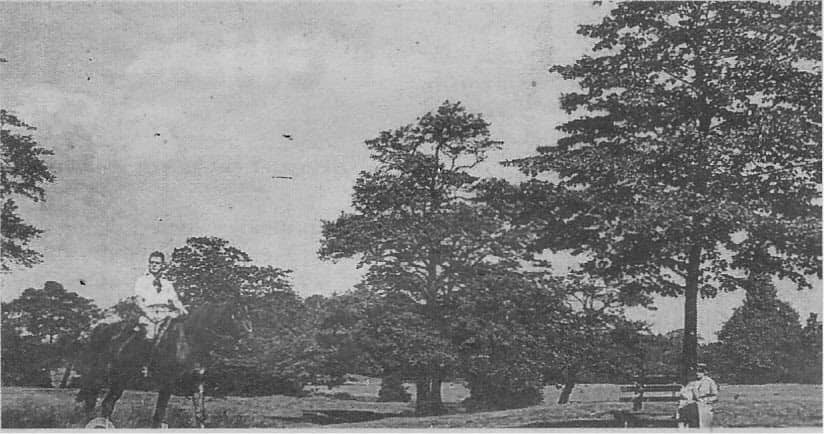
'Sutton is a funny place', a Birmingham journalist observed in 1933.
'The people are so touchy and, if you talk about the park, they at once sit up and take notice and then it is time for you to watch your step.'
There was some truth in this remark: there was a section of the local population for whom a reverence for the natural beauty of the park came before all other considerations.
In 1864-65 there was strong resistance to a plan by the Birmingham Waterworks Company to sink a shaft in Sutton Park and draw water from its streams. It was claimed the company would 'turn the park into an arid desert - like the deserts of Africa'.
An act of parliament was necessary for the plan to go ahead and Sutton Corporation employed a barrister at the committee stage in the House of Lords to object. His argument that the plans would do great injury to the park won the day.
The opening of a railway line across the park in 1879 did not silence those who had opposed it. A quarter of a century later there were still complaints in the newspapers.
There were other developments to grumble about, too - the 'ugly white streaks' many miles in length' constructed for carriages, the 'rustic baths' at Keeper's Pool and the cutting out of large sections of heather for the golf club.
'Surely it would be possible to keep to some extent all our eyesores together (why not along the railway embankment at Streetly)' one correspondent suggested.
When the First World War ended, the town council announced plans to re-design the main entrance to the park by erecting an archway with a broad drive lined with chestnut trees leading to a Calvary: There was outrage at the proposal at a publie meeting in the town hall in 1921. The town council also liked the idea of tennis courts and bowling greens being provided in the park. At another public meeting one speaker after another rose in protest.
Town councillors sat quietly as they listened to 'uncomplimentary remarks about them'. What these defenders of Sutton Park believed was summed up in one sentence: 'When will our needlessly busy authorities learn that their duty in regard to the park is chiefly the very simple one of keeping their hands off it?'
Sutton Park: A Social History 1900-1950 by Stephen Roberts is available from Amazon, £5.
Associate Professor
Stephen Roberts